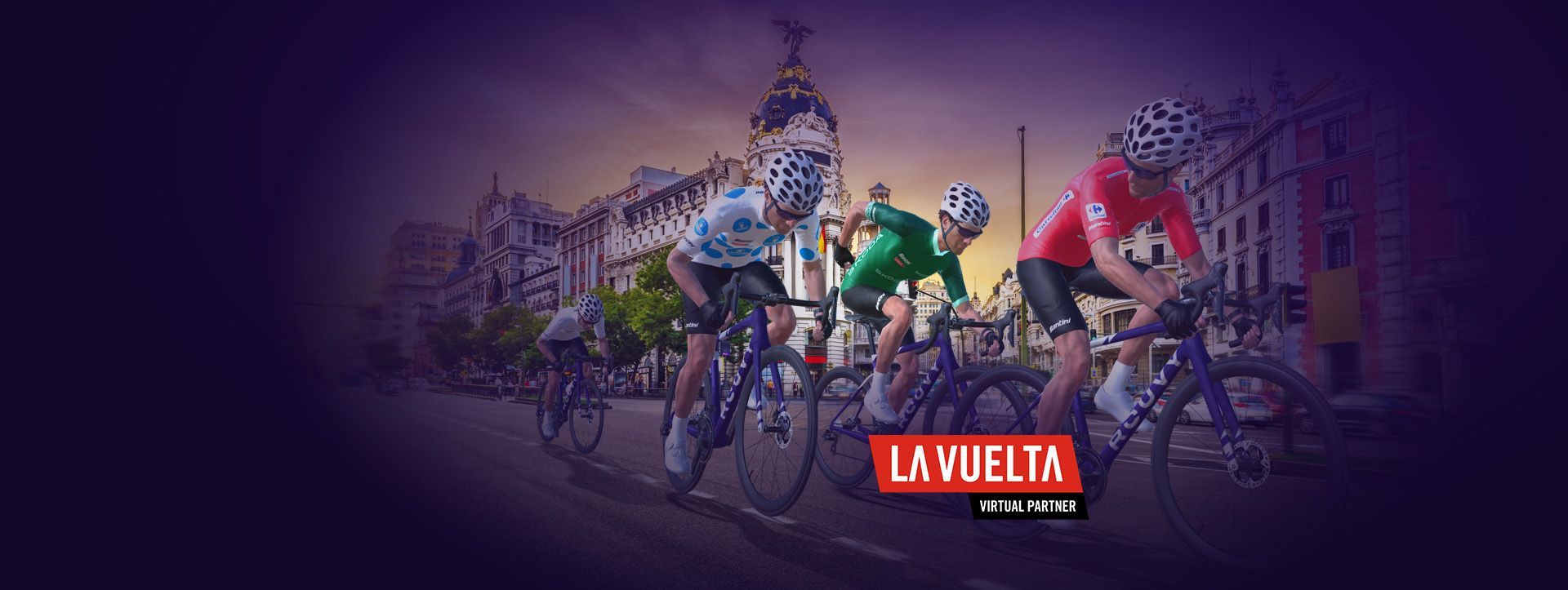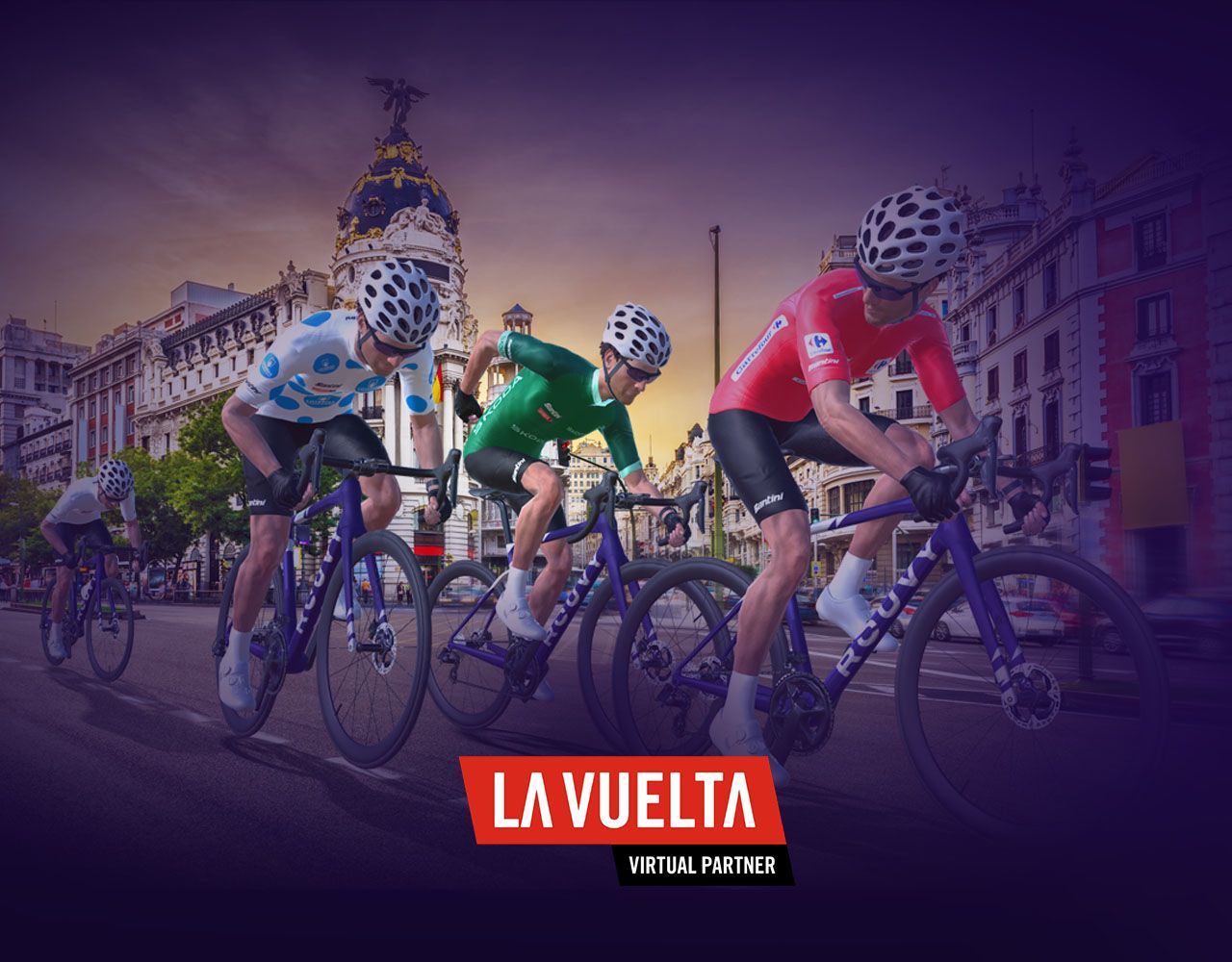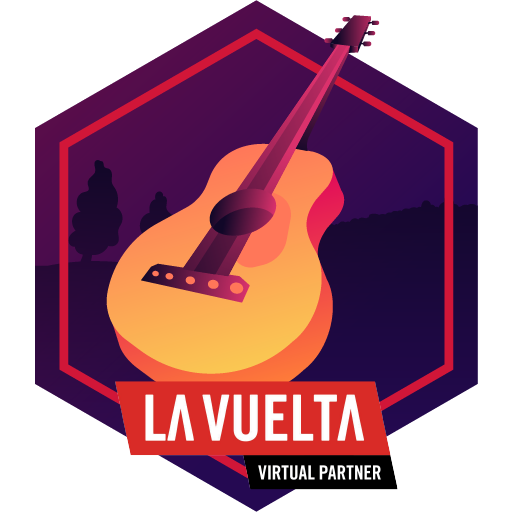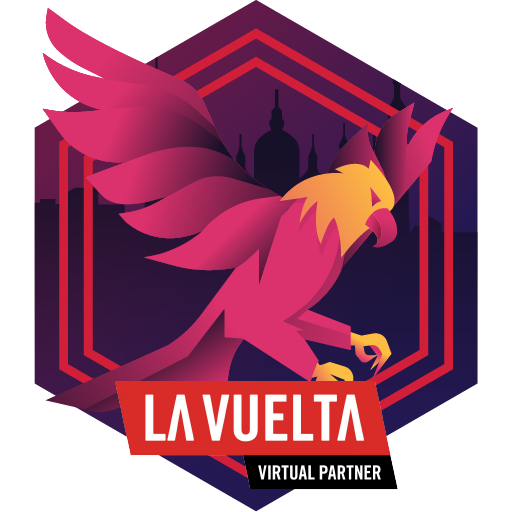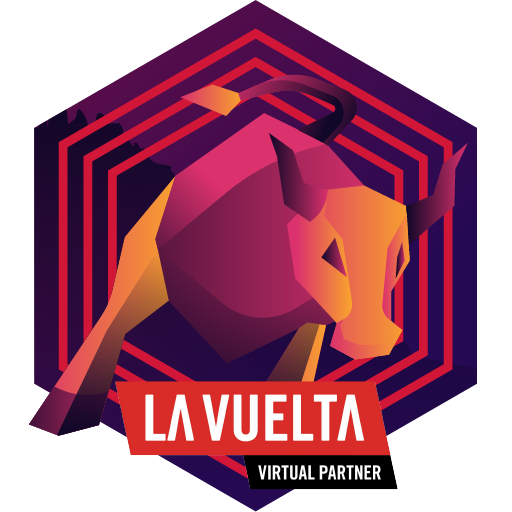Get expert advice to complete each stage of La Vuelta Virtual effectively and efficiently. These specially prepared notes tell you how to distribute your efforts, what to use to your advantage and, last but not least, how to enjoy the stage to the max.
WEEK #1
In the first week we start off easy, but later there will be more challenging stages that will test you - one flat, four undulating and four mountain stages. Come with us to prepare tactically for the roads ahead.
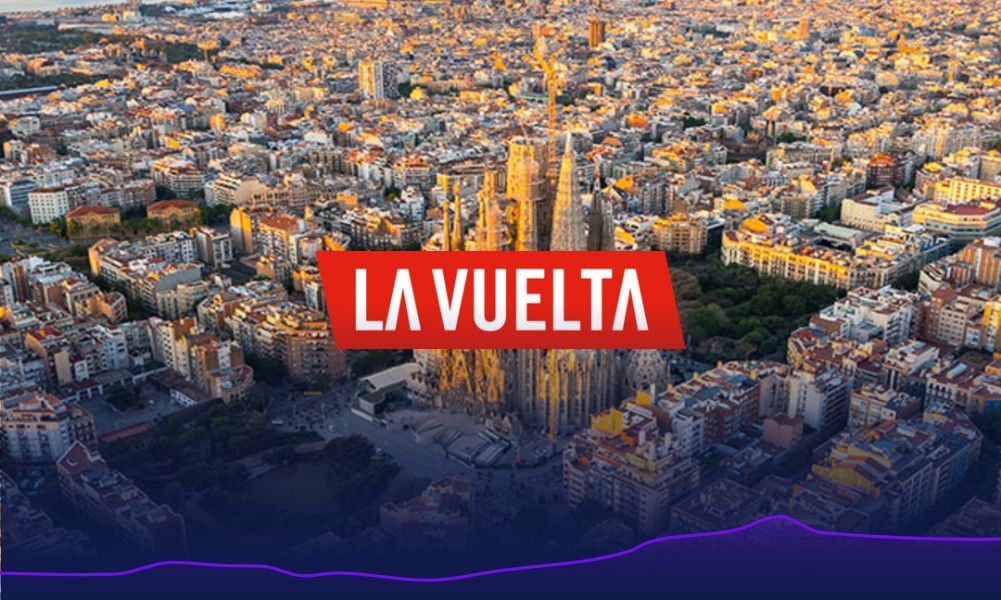
Stage #1
There is no major hill on the circuit. However, it is still gently up and down. For this route, it is ideal to keep a constant pace and not let anything get you off track. When you go into a gentle downhill also try to keep the same power, it will improve your riding dynamics.
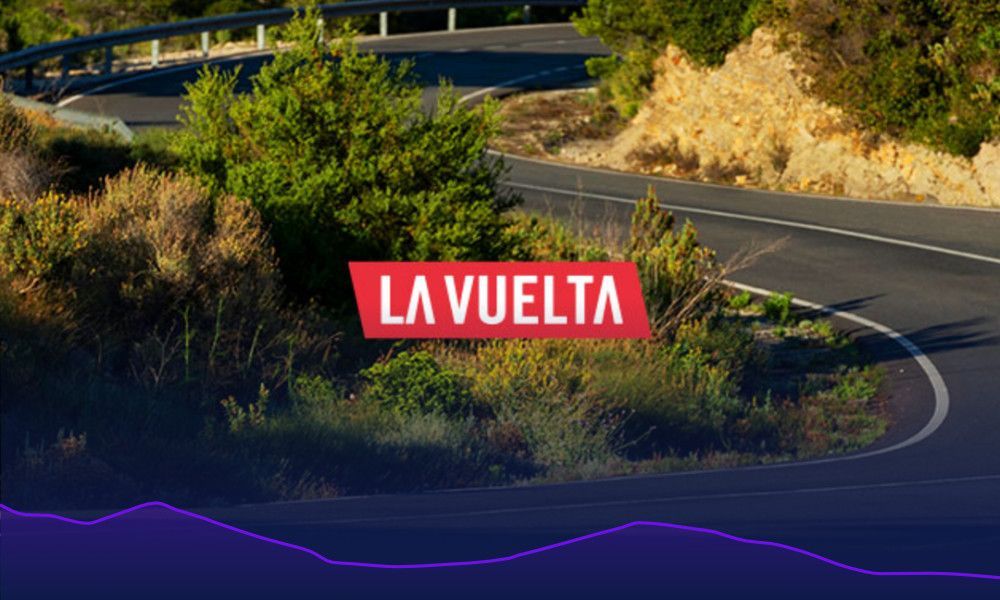
Stage #2
During the first short climb, you can even add a little extra power, as you'll have plenty of time to rest and recharge on the downhill. Since there are a lot of downhills, there are not so many passages where you can push. Use them to get a good workout and enjoy the scenery.
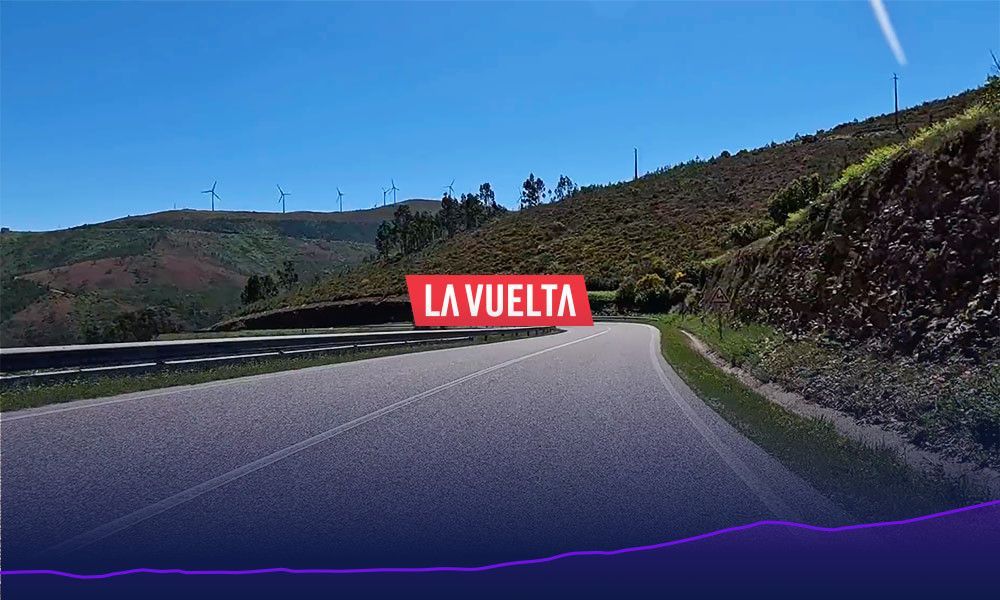
Stage #3
On this route, use the first 15 kilometres as a warm-up. There is no need to burn energy unnecessarily on the flat. After a proper warm-up you will appreciate how well you can go uphill. Do the first part of the hill at your constant pace below anaerobic threshold, ideally Z3, and don't burn too much. Once you've gone downhill past the first hill and recovered, pick up the pace and leave it all out there. Do a little test of yourself :-)
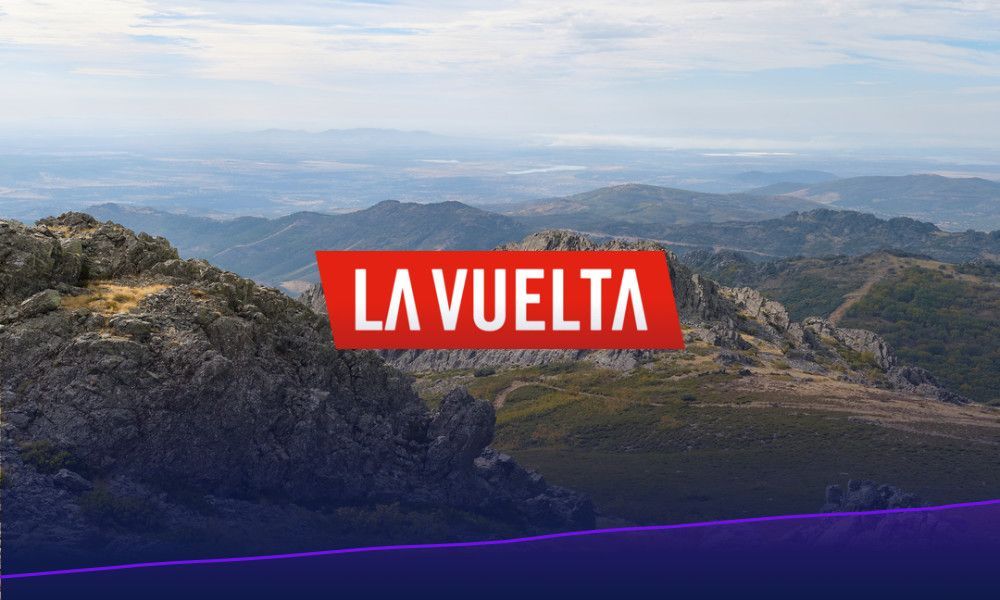
Stage #4
During this route we only go up and there will be no time to rest. Because of this, it's important to distribute your energy. The climb will take approximately one hour. If you know your FTP value, you can get a good idea of what power to choose. If you want to go for a constant and relatively comfortable power, choose a limit of 70% and gradually raise it to 90% until the end of the climb. The further up the climb you go the steeper it will get.
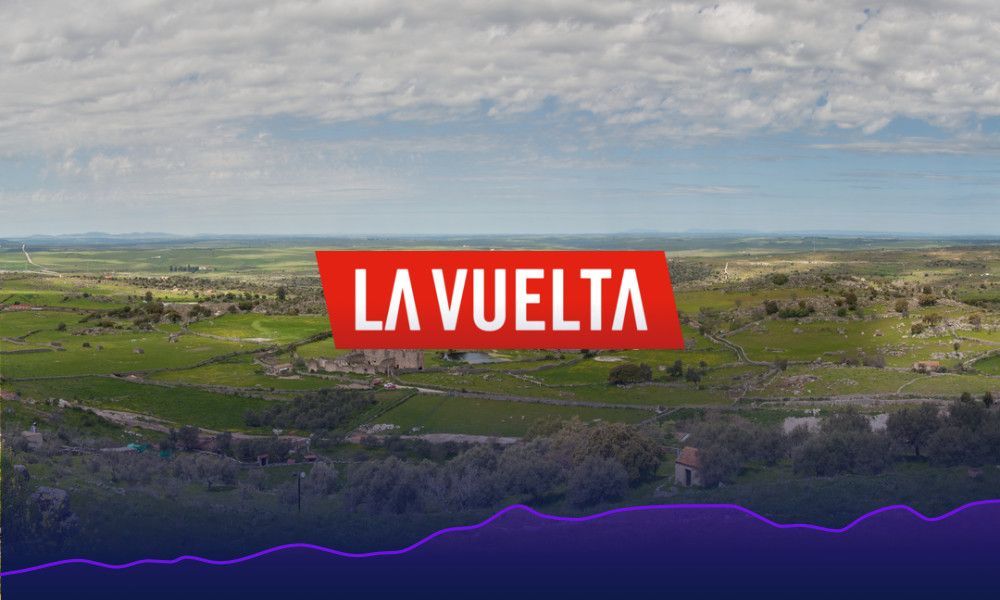
Stage #5
Enjoy this ride and try to train your pacing skills. Watch your power and try to keep a steady pace throughout the whole course. Try to keep the pace in the downhill too - it will be dynamic.
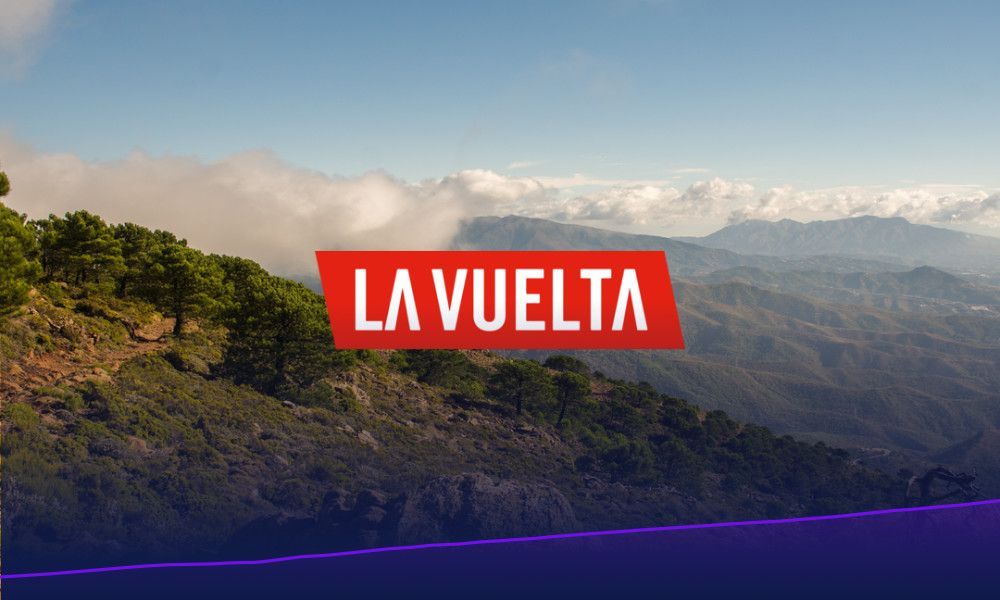
Stage #6
It's going to be a long hill, so let's try this: Focus on your seat position, breathe into your belly to lock in your core muscles. Try not to move too much on the bike and do some proper circular pedalling with your legs.
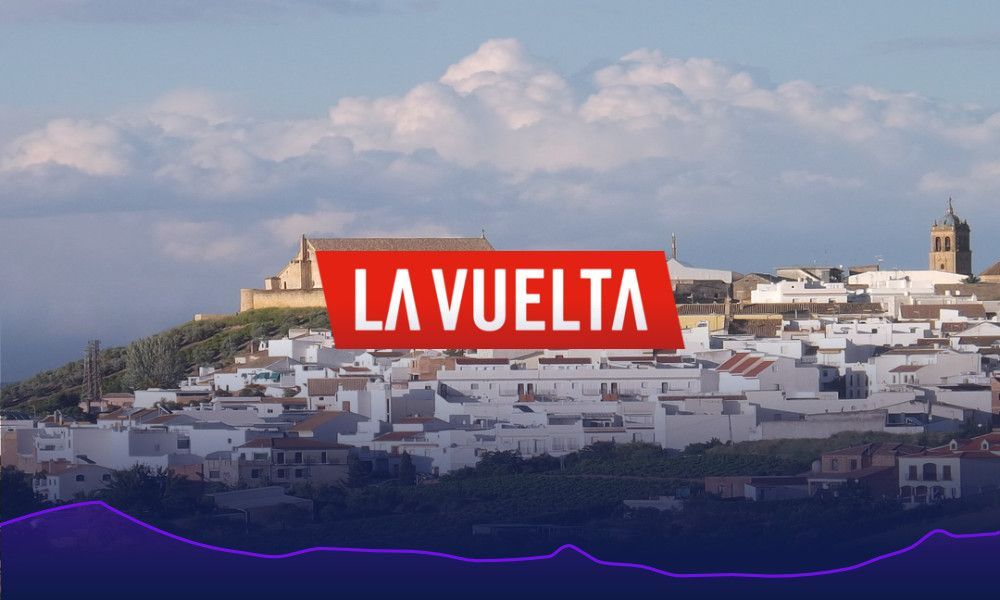
Stage #7
Use this route as a rest route, just like the pros use the transfer stages. Try to keep your cadence between 90 and 100 RPM. Use drafting and don't try to go too intense. Ride smart.
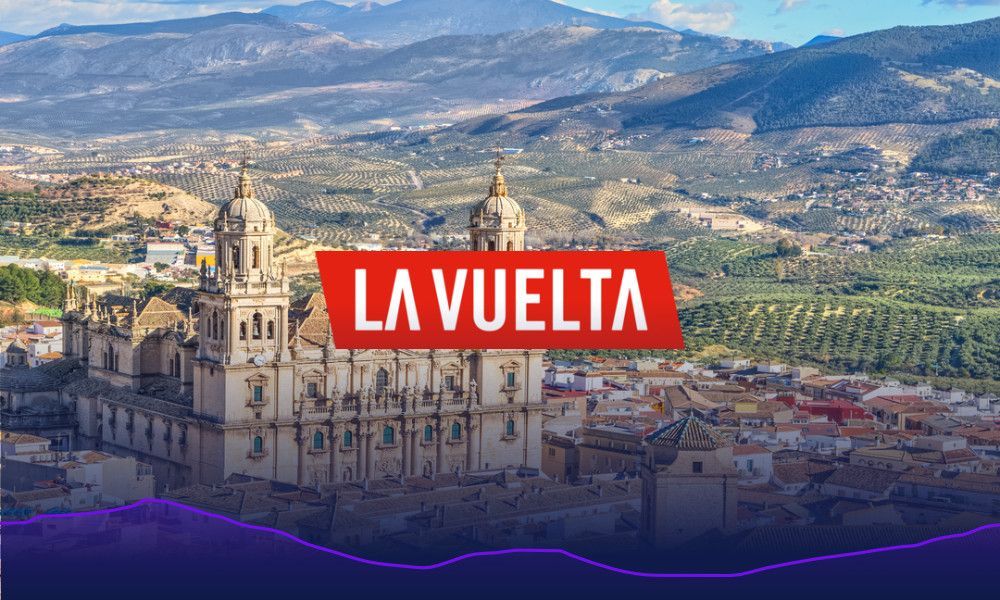
Stage #8
This is where it gets interesting. There are several climbs and a number of downhills where you can recover. Use these hills to get your work in - you don't have to save yourself for the downhills. On the last hill, imagine you're being chased by a group and it's up to you to keep it up to the finish. Do it for yourself!
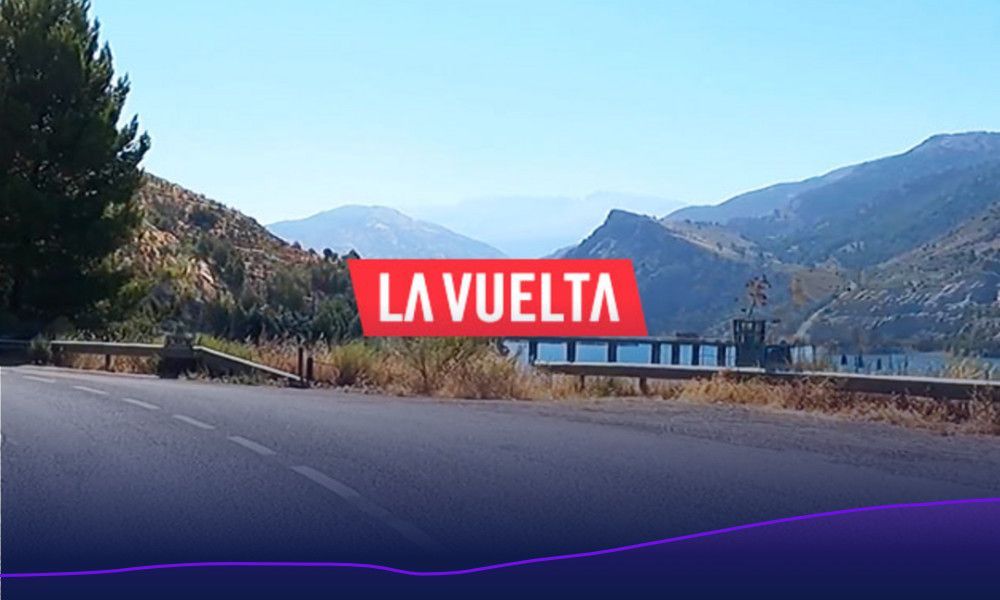
Stage #9
This will be about nice sea views. Well, in the beginning at least. Then there's a 7km climb that will test your climbing skills. The gradient will be quite steep and there won't be much time for rest. So save yourself some strength.
WEEK #2
This week will be very challenging, but with the right mindset, it won’t be a problem for you. Three mountain passes and 4 summit finishes. Read the Insider Tips for week two, and let’s get to it.
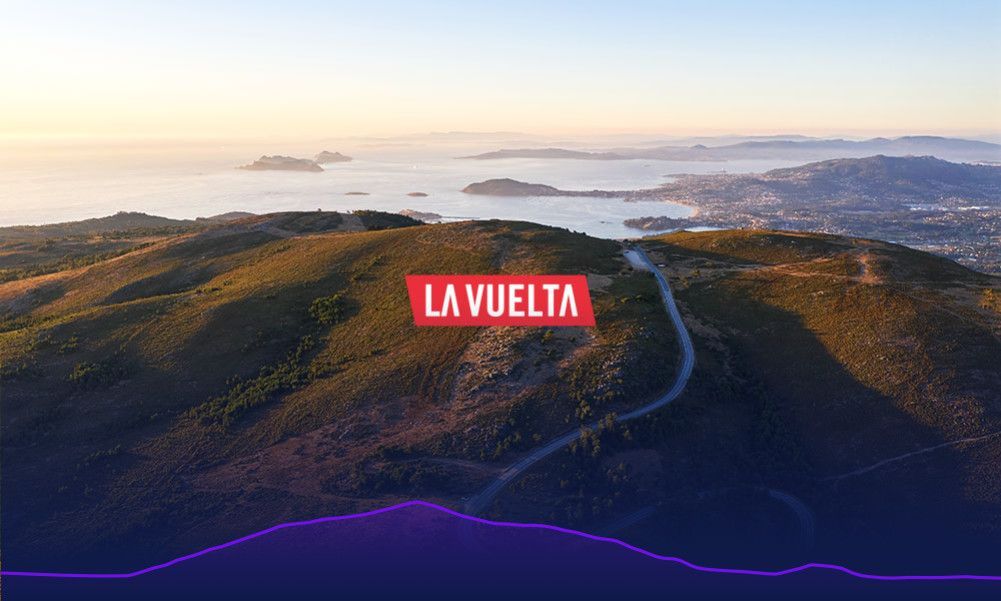
Stage #10
This route will be about finding your team-mate. Find a rider on the climb that you can go with at a steady pace, because you'll need one from the halfway stage onwards. You'll be able to take pulls, communicate and eventually you'll be able to add him/her to your friends list. Such team-mates are always needed.
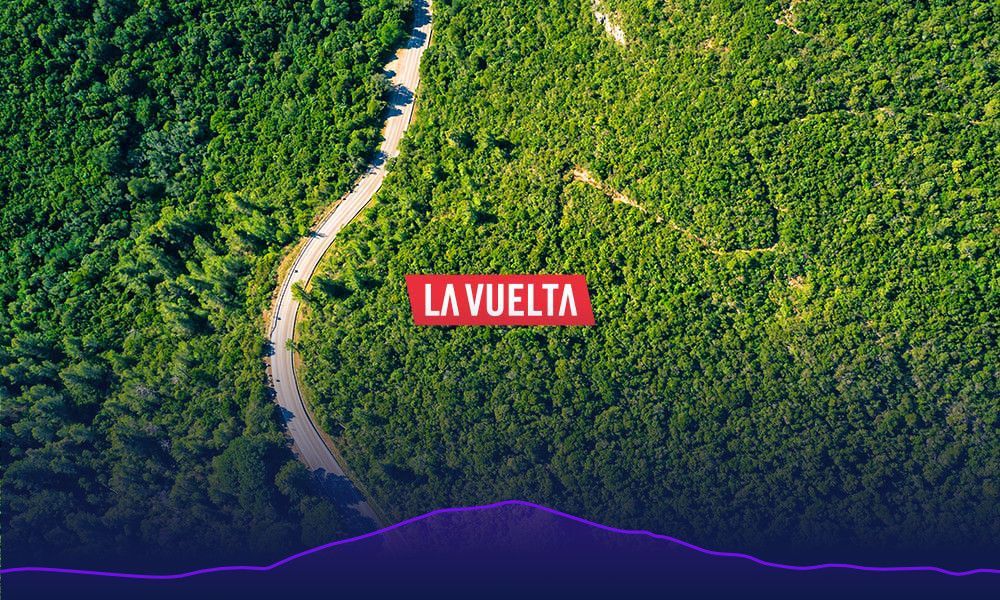
Stage #11
Pretty close to an ideal route. You have space to warm up and not push too hard. Then comes a hill with nice surroundings where you can pick up your pace. Try this on a hill: every 1 minute you'll speed up a little for 15 seconds and rest for the remaining 45. This will teach you how to handle the changes of pace better and make the time go by faster during the climb. And to top off this perfection, there's a downhill with nice views of the countryside where you can have a proper cooldown.
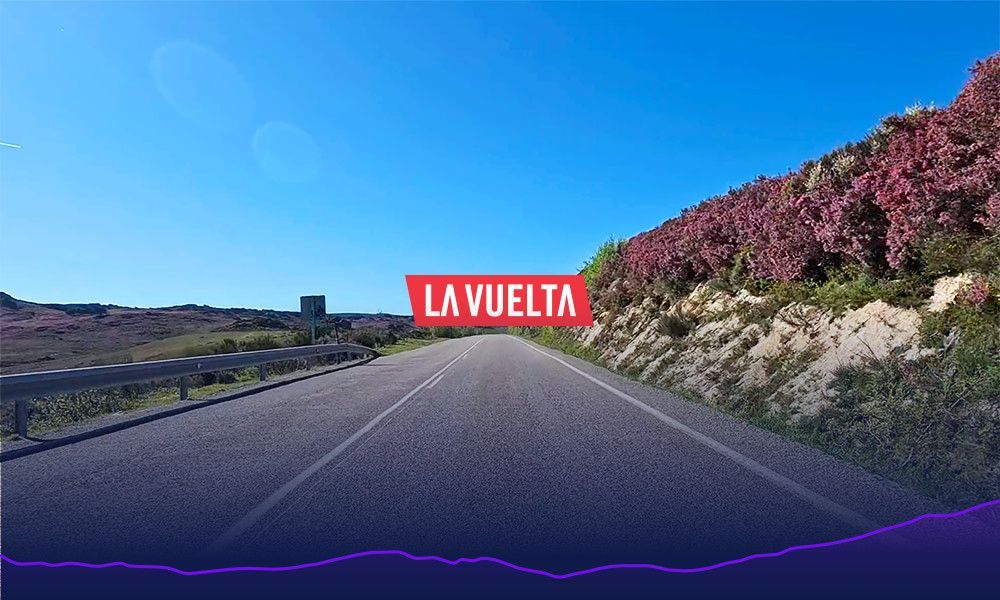
Stage #12
So this will be a total climber's specialty. Such a 50km route should be done with a plan. Find a teammate or a group of cyclists and take turns to pull the group. When the hill comes, try not to get broken up. Use the communication elements in ROUVY to stay together because it's a long climb. Ultimately you'll break up but use the opportunity to show how good you are. Remember to eat every 30min. At least a piece of energy bar. It will help you on a route like this.
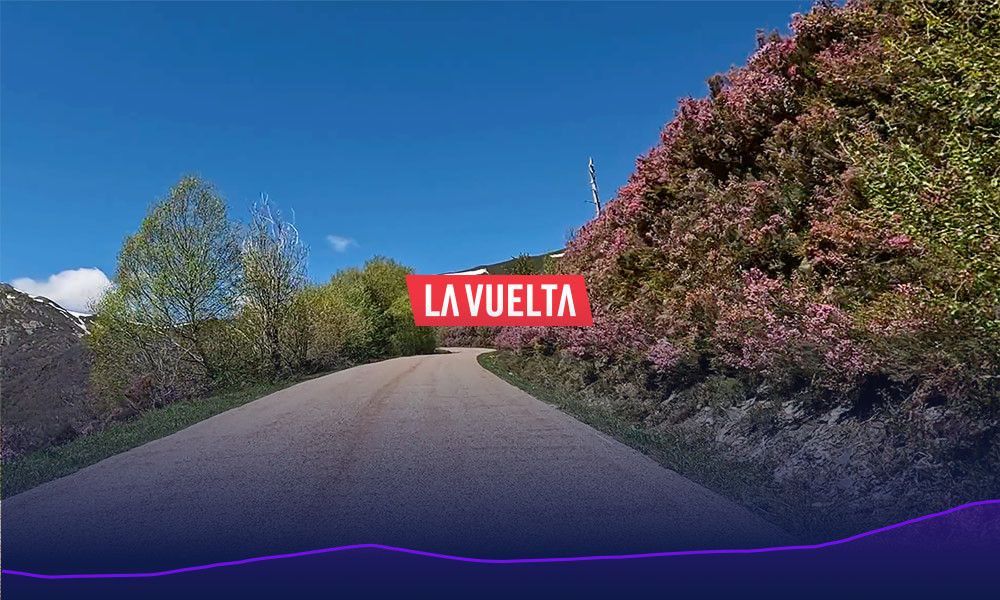
Stage #13
Just like the pros prefer to spin their legs to recover better, you can try it too. This stage is a prime example of how to work with muscle recovery. Ride each hill in your preferred style and cadence, but outside of that increase your cadence to 90+RPM and stay in the low power zones. It might be harder at first, but you'll be surprised after a while.
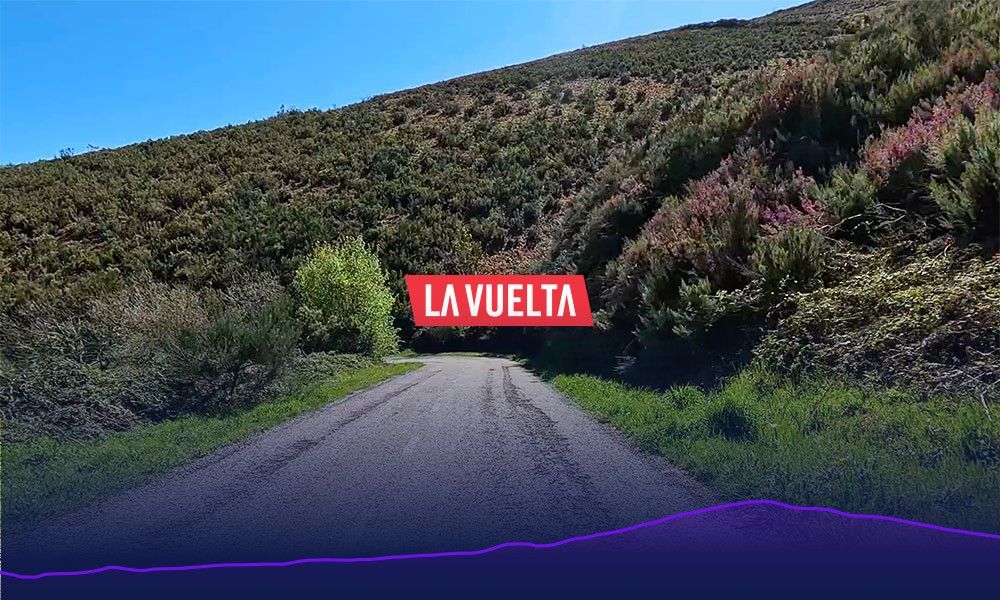
Stage #14
Today you can get a small taste of your limits. The main climb starts at kilometre 20. Try to give it a time trial and test yourself. It's 8km of just you, the bike and the hill. Enjoy the views and the downhill afterwards. You deserve it.
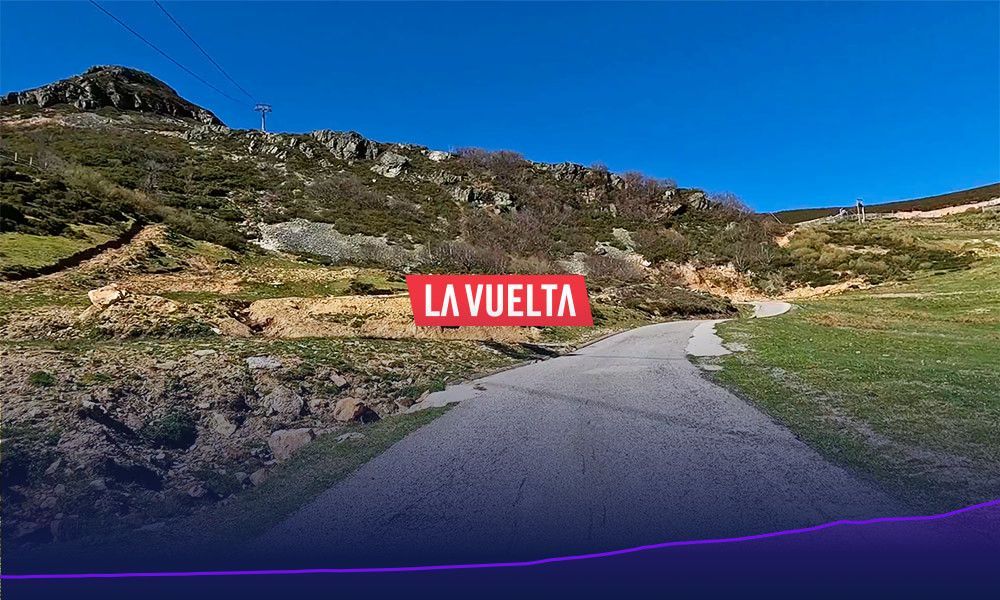
Stage #15
It's going to be a long hill, so let's try this: Every 10 minutes, increase your usual cadence by 5 RPM and focus on pedalling in a proper circle.
WEEK #3
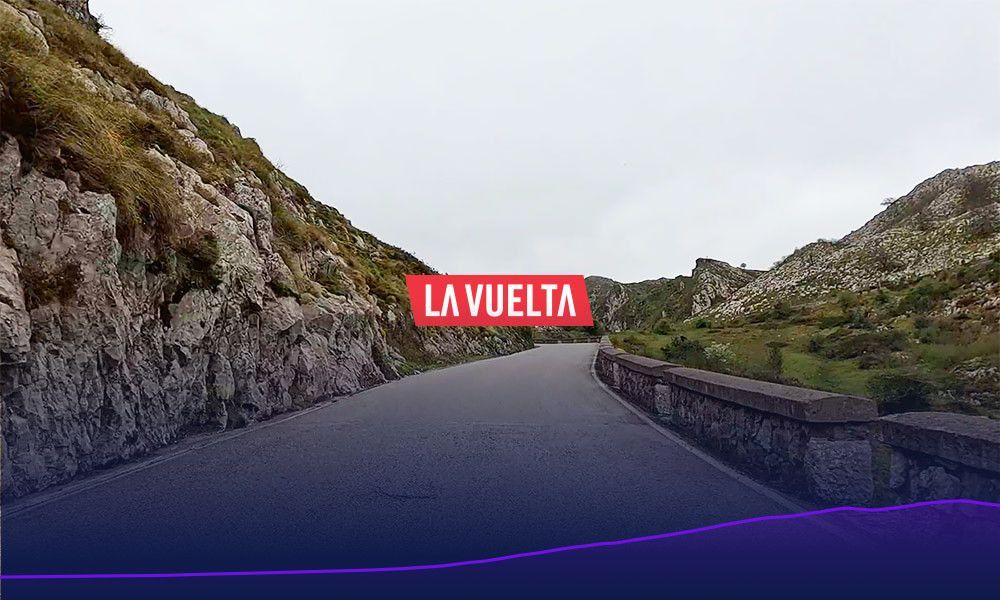
Stage #16
Fasten your seat belts, we're going to the clouds! This is one of the legendary climbs of La Vuelta where there are always fierce battles between the riders. There's a nice 8km to start where you can run your engines before the climb starts. The climb will be quite steep, so you'll need a lot of torque. The middle part of the climb will be key. It's going to be about the psyche and who can hold on best. Don't let it break you!
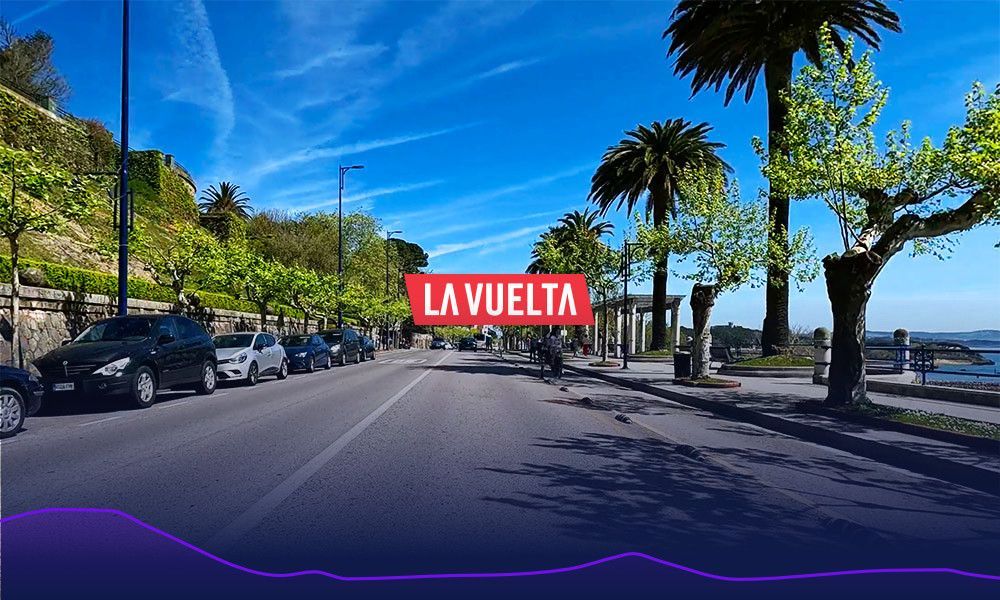
Stage #17
If you don't enjoy breakaway stages without a fight for the best time, then this transfer stage can help you recover. There are no big climbs on this route - it will be more about how much energy you can save while completing it. Try to go as efficiently as possible and without wasting effort. Find a cycling buddy, up your cadence to 90+ and let the power of drafting carry you.
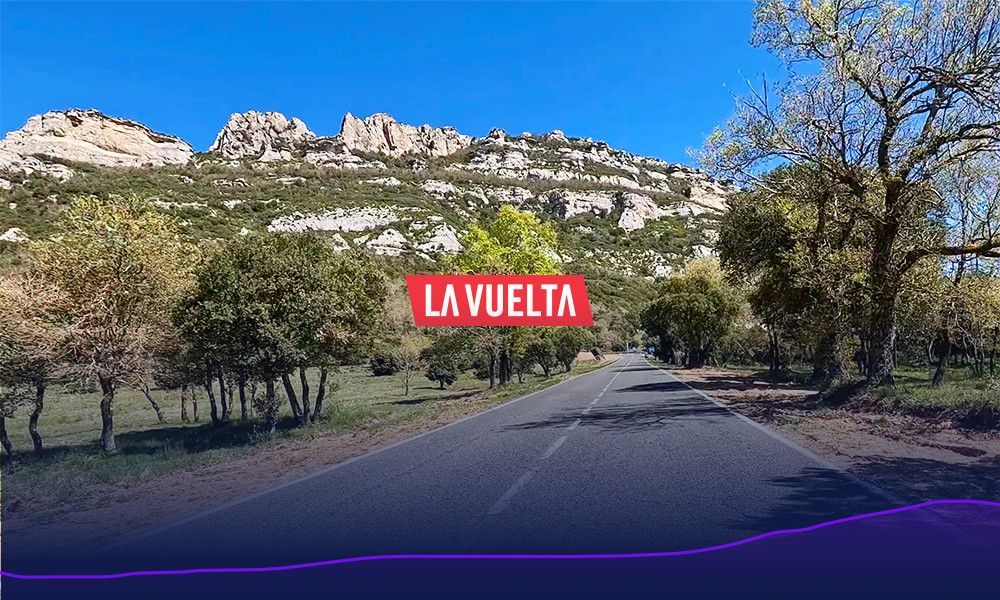
Stage #18
In the beginning of this stage you will continuously gain height and it won't be too difficult. Feel free to push on until you get to the eighth kilometre if you want, but beware of burning off the pace as you'll need power in the second half of the stage. Take it easy on the downhill and in the run-up to the climb. There's a climb at kilometre 14; try to focus on putting some power into the pedals and not wobbling the bike. Once you've made it over the first step of the climb, give yourself a bit of a higher cadence and rest your legs for a while. Then, let it all out on the hill.
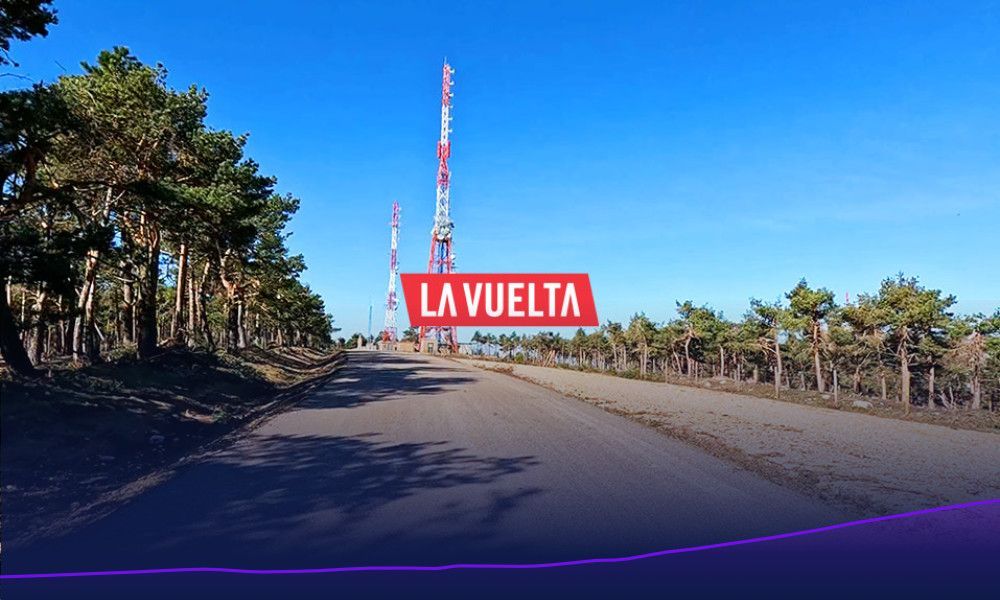
Stage #19
The climb on this stage is special because of its steady gradient. Take advantage of it as follows: when you come to the main hill, accelerate every 5 minutes for 1 minute. Don't increase your pace by more than 20% and imagine you are trying to leave the group. This way you can simulate changes of pace when others attack. Also, the time on the climb will go by a little faster.

Stage #20
Get ready to tackle perhaps the toughest route of La Vuelta Virtual. Bring plenty of water, a bar and some gel. Don't underestimate it. During the first climb, test how you feel today and start at a comfortable pace. Ideally in zone 3 and remember to drink regularly. When you're approaching the first hour of the ride, eat half of your bar and the other half an hour later. When you get to kilometre 20, give yourself an energy gel to ensure you can ride the rest of the stage at a good pace. Finally, when the final boss (climb) comes, change between sitting in and out of the saddle and work as hard as you can.
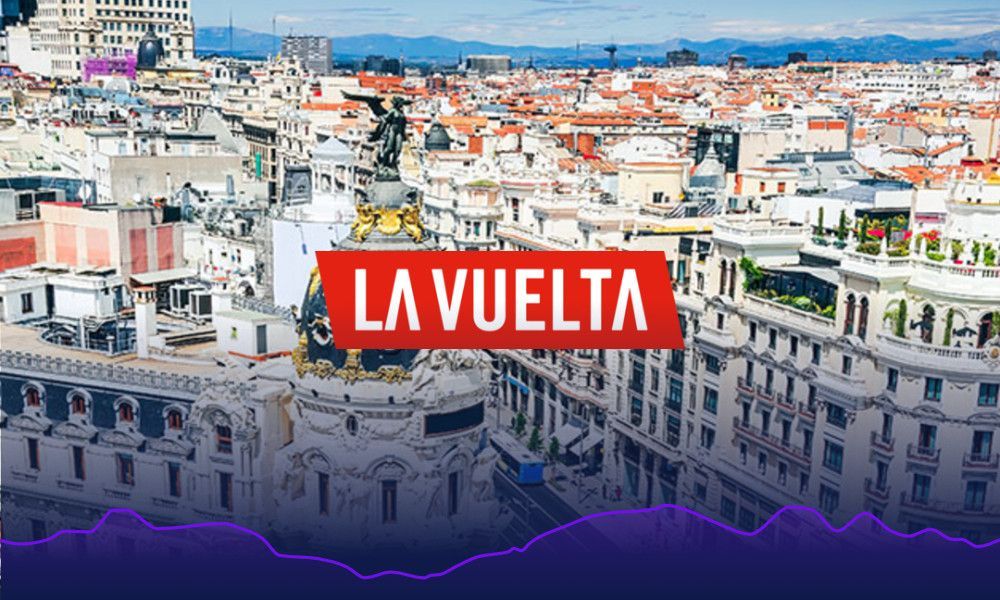
Stage #21
This stage will be a reward for you. Find a teammate or group and enjoy the atmosphere of the last kilometres of La Vuelta Virtual. Take turns, pull and enjoy the police escort like a true pro.
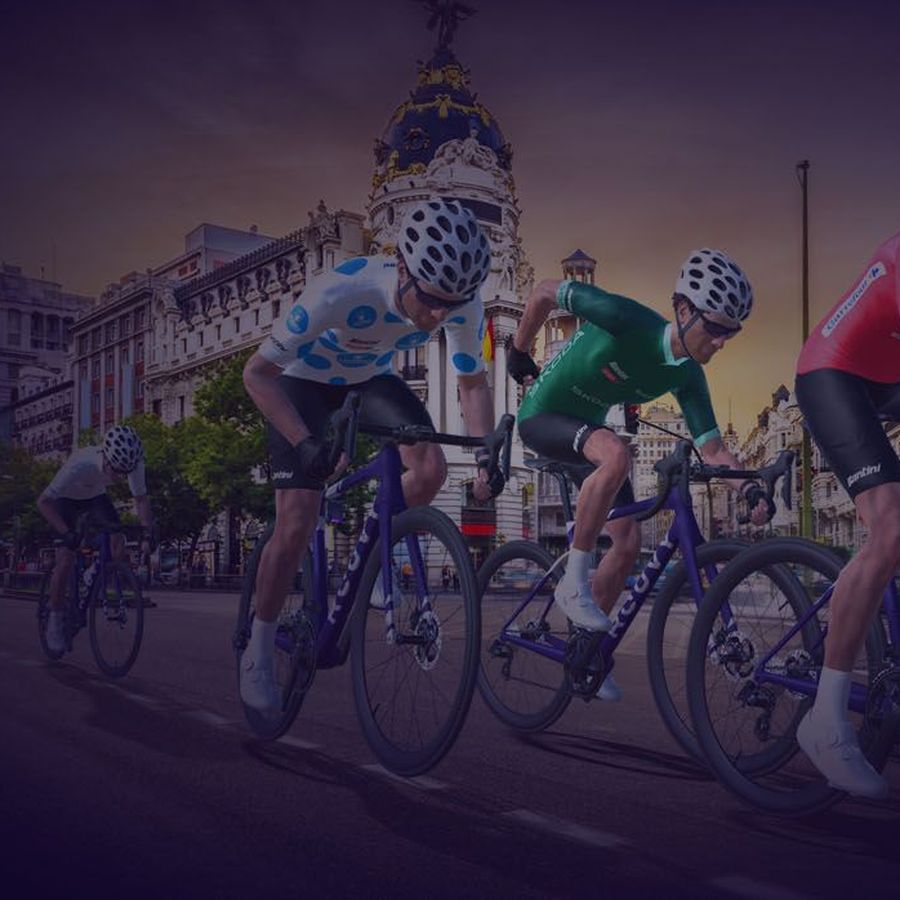
12 Aug - 22 Sep
La Vuelta Virtual '24
Test yourself on some tough but iconic climbs with spectacular scenery. Complete any challenge and win prizes.
Product
Information
Copyright ©2024, VirtualTraining s.r.o. All rights reserved.
